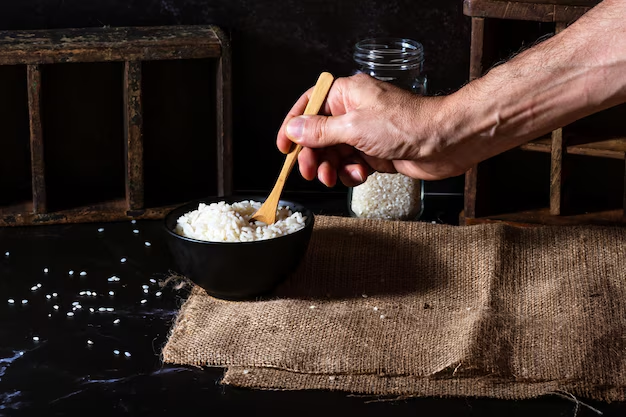Is Rice Safe for People with Diabetes? Here’s What You Should Know
Many people wonder about the relationship between rice and diabetes, especially considering rice is a staple food for more than half the world's population. For diabetics, the question remains: is rice a friend or foe when it comes to managing blood sugar levels?
Understanding Rice and Its Impact
Rice, particularly white rice, is a high-glycemic index (GI) food, which means it can cause rapid spikes in blood sugar levels. This is a point of concern for people managing diabetes, as maintaining stable blood sugar is key to their health. White rice has been milled and stripped of its fiber, vitamins, and minerals, which contributes to its higher GI rating compared to whole grains and less processed alternatives.
Healthier Alternatives
Despite white rice's popularity, options such as brown rice, wild rice, or quinoa are generally healthier for diabetics. These alternatives are rich in fiber, have a lower glycemic index, and are more effective in controlling blood sugar spikes. The fibers in these grains slow down the absorption of sugar into the blood, making them safer choices for managing diabetes. Additionally, incorporating other whole grains into your diet, such as barley or farro, can provide similar benefits.
Portion Control is Key
Even when consuming healthier grains, portion control is crucial for diabetics. Moderation ensures that blood sugar levels do not spike and helps maintain overall caloric intake. Balancing rice portions with high-fiber vegetables, lean proteins, and healthy fats can create a nutritious, balanced meal.
Tailoring Your Diet Plan
It's important for diabetics to work with healthcare providers or dietitians to create a dietary plan that suits their individual needs. This plan may include controlled portions of rice or grain alternatives that align with their blood sugar management objectives. Personalized meal planning can help diabetics enjoy a varied diet without compromising their health goals.
As you consider dietary changes, it might also be worth exploring various financial or educational support options available to help manage the costs associated with a diabetic-friendly lifestyle. Here's a quick guide to some helpful resources:
- 🩺 Health Savings Accounts (HSAs): Tax-advantaged savings for medical expenses.
- 📄 Supplemental Nutrition Assistance Program (SNAP): Assistance for purchasing healthy food options.
- 💳 Credit Card Solutions: Consider cards offering rewards on grocery purchases or medical expenses.
- 🎓 Educational Grants: For those pursuing nutrition or healthcare education to better understand and manage diabetes.
- 💰 Medical Expense Loans: Special loans to cover treatments and dietary needs.
By adopting a well-rounded approach to diet and exploring these assistance options, diabetics can effectively manage their health while ensuring financial well-being.
